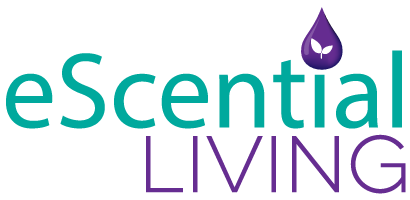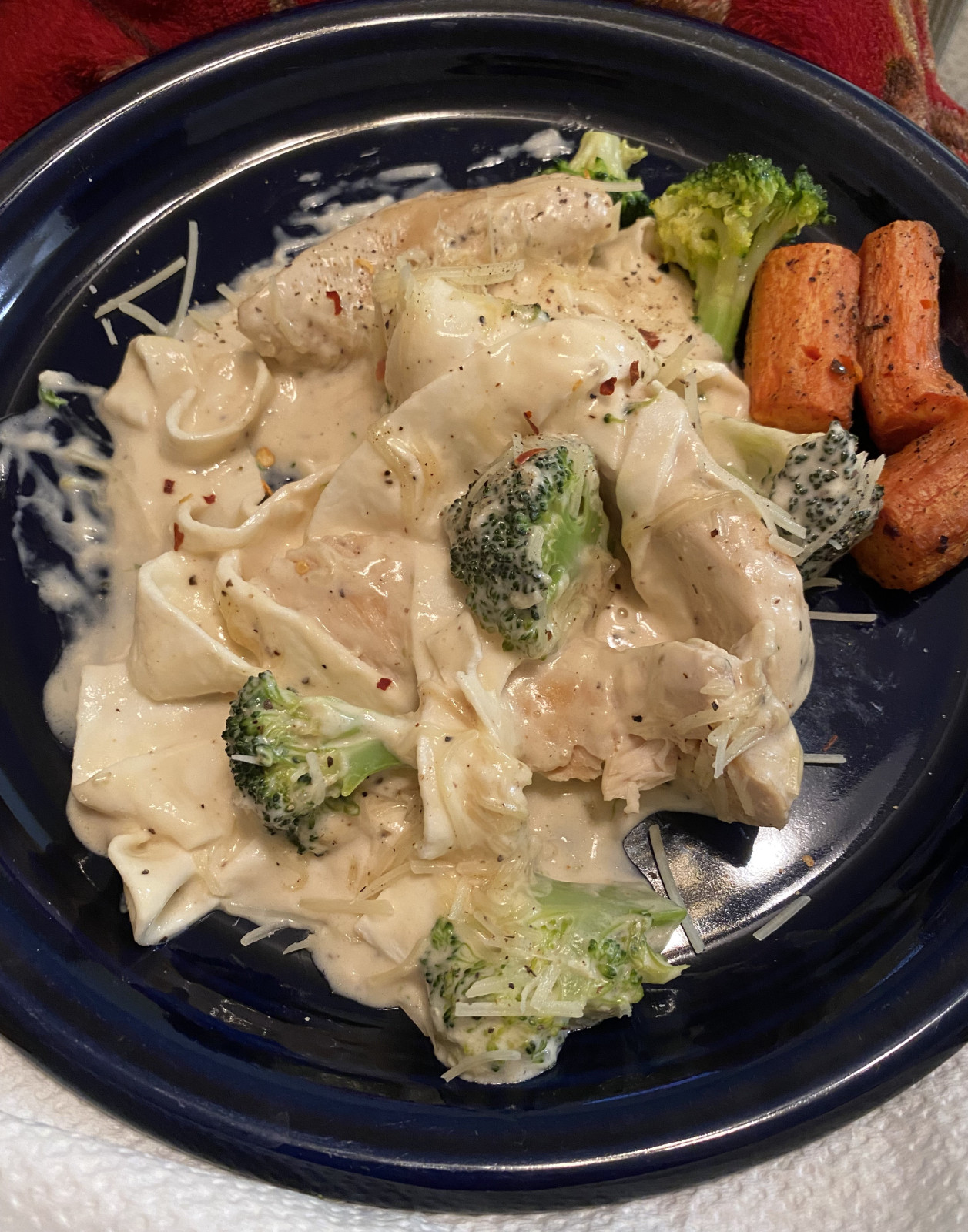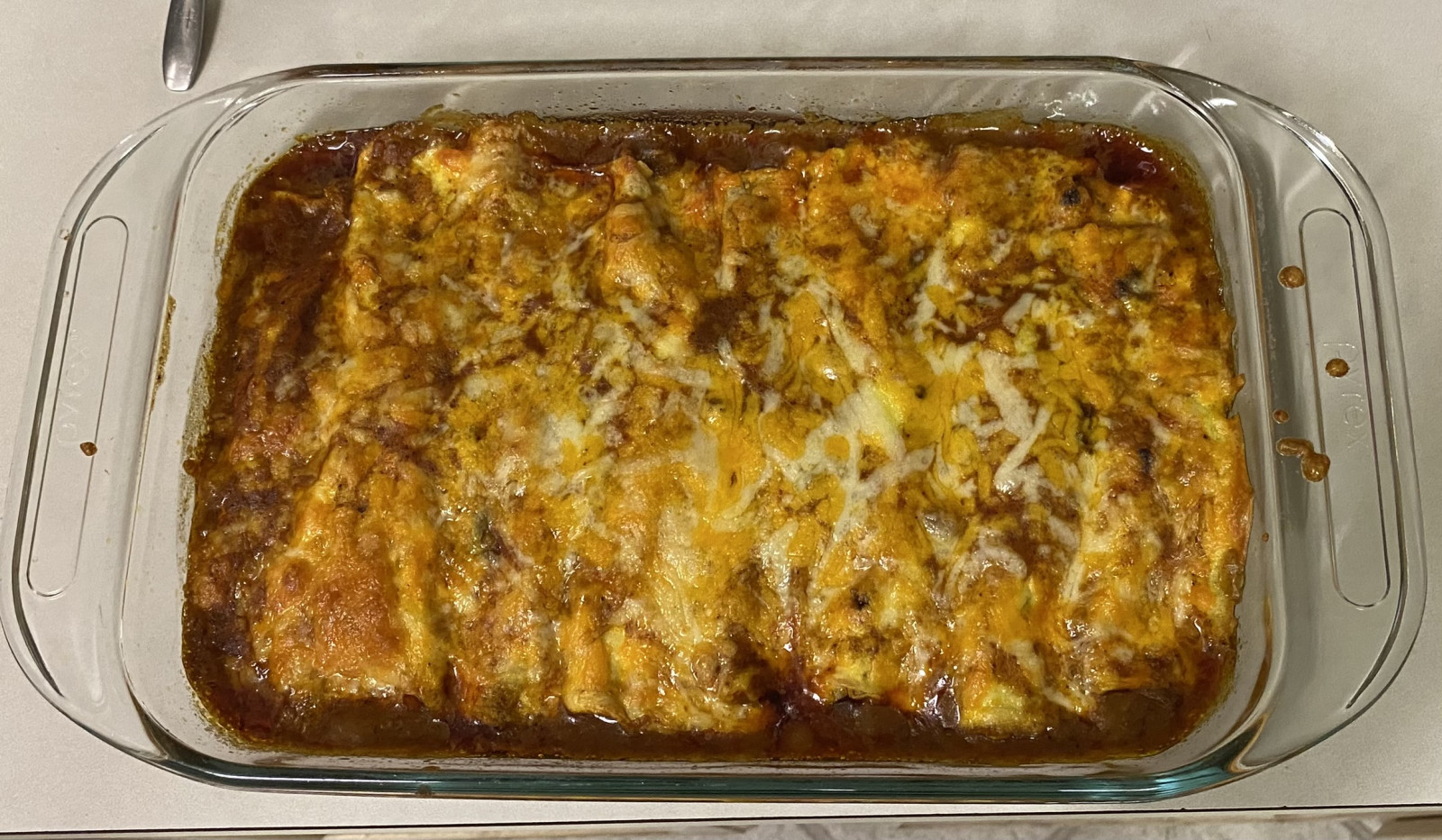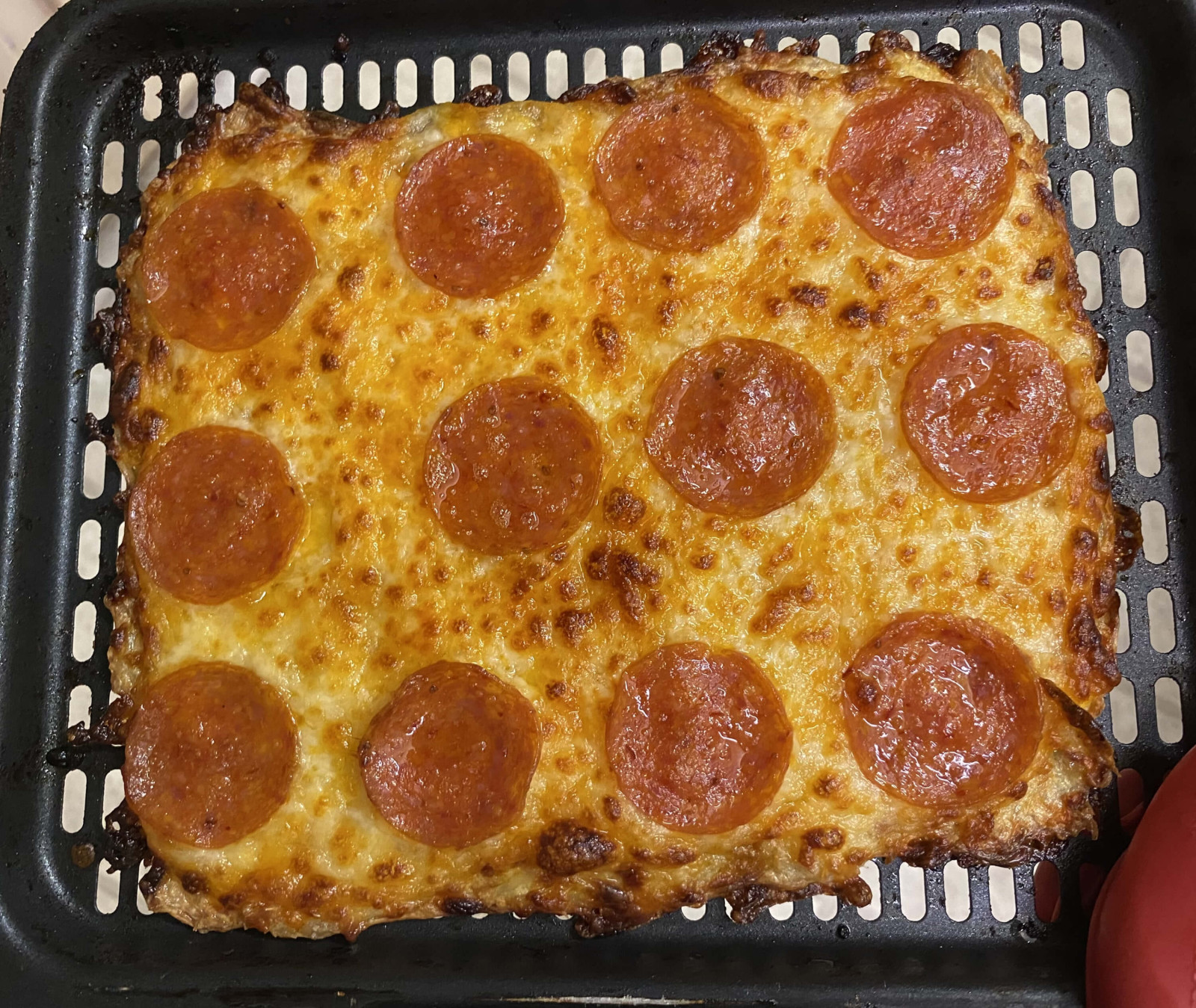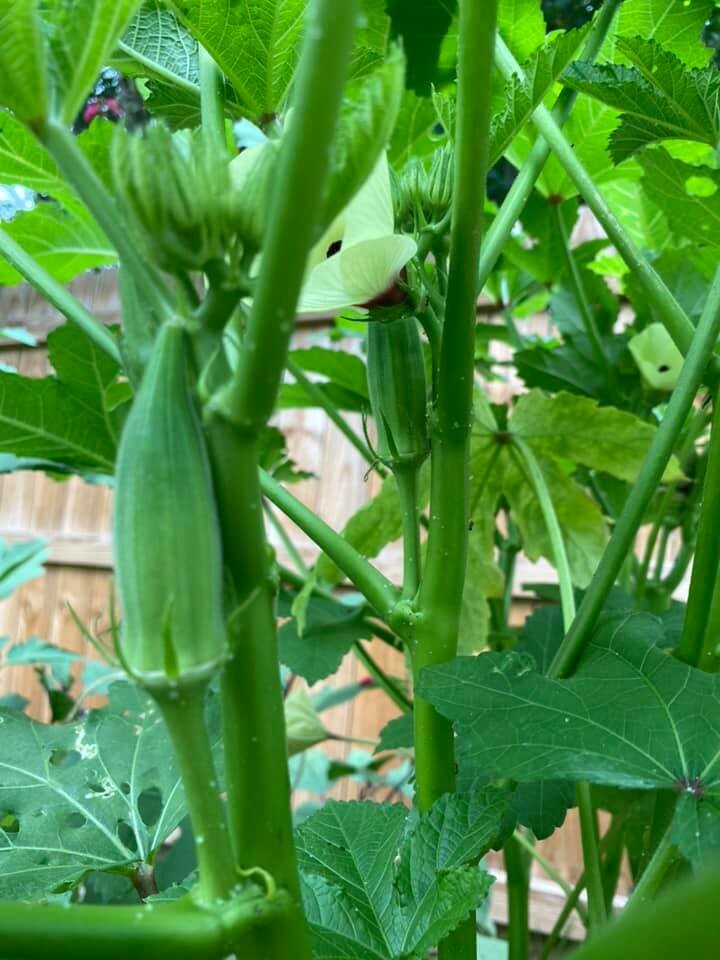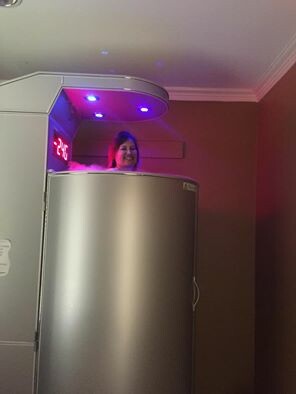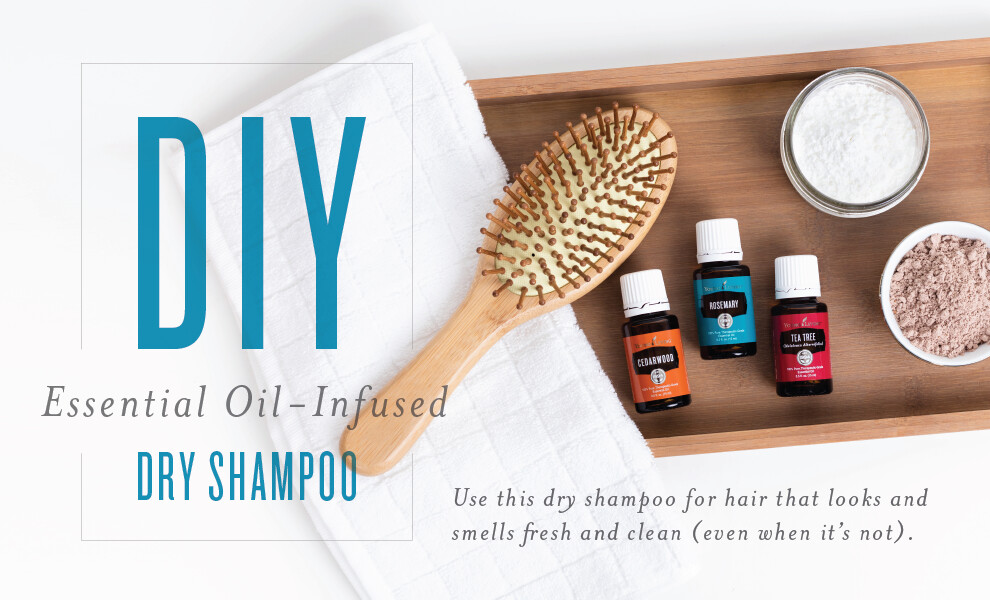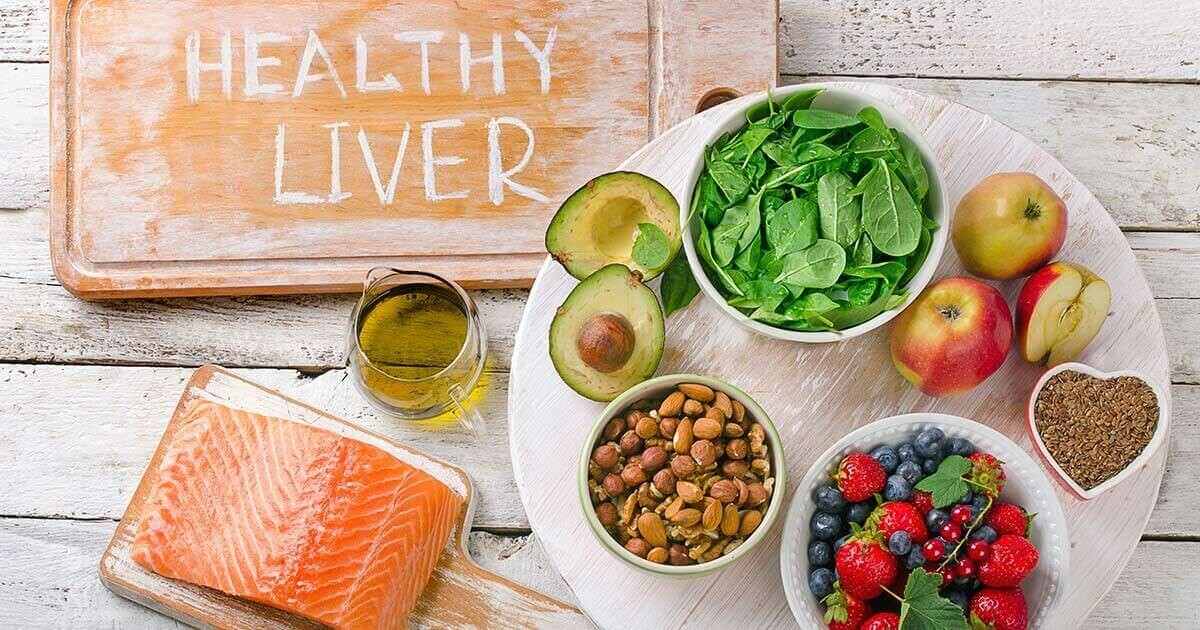
Spring brings with it signs of renewal and hope. And for many - spring cleaning is top of their list!
And while many people regularly think about cleaning their cars and houses - what about your body? Like other things, your body collects sludge and grime and needs to be cleaned at least once a year.
And while many people regularly think about cleaning their cars and houses - what about your body? Like other things, your body collects sludge and grime and needs to be cleaned at least once a year.
I've read a lot over the years about detoxes and cleanses, and as with everything health related, there are a lot of theories and recommendations. Health is NEVER one size fits all, so you need to read up and see what is going to work best for you and your body and lifestyle. It has to be doable and sustainable or you won't get any benefits.
One particular book I've read talks about the need to clean your body along with certain seasons. It starts in the fall with a colon cleanse, which is actually a really important step. Before you do ANY sort of cleanse or detox, you have to make sure you are having regular bowel movements. You don't want to start pushing out toxins when they have nowhere to go! You'll just compound your problem. So whether you do a "full" colon cleanse first or not - at the very least make sure you are going to the bathroom regularly - several times daily.
So why is a healthy liver even important? The liver handles over 50,000 chemical functions. It's a workhorse and does everything from converting food to fuel, to filtering toxins and producing bile. It produces enzymes and helps regulate hormones and cholesterol and balances sugars and numerous other functions. Liver health is a good indicator of overall health.
Some hazards to liver health are eating a poor diet high in processed foods, excess alcohol consumption, high use of acetaminophen and other OTC medications, vaccinations, pesticides and use of other environmental toxins like chemical cleaners.
The good news is the the liver can actually regenerate itself up to a point. So even a "sick" liver can recover when given the proper tools, but you must give it a fair chance and proper time. You didn't get sick in a day and you also won't heal in a day either.
So when healing your liver, you need to reduce as much of the toxic load as possible. Ditch the processed, box foods. Look at what you are putting on your body as well - do you use highly-fragranced lotions and soaps and shampoo? Look for clean versions of those products. What are you using to clean your house? My personal favorite is Thieves Household Cleaner which is totally clean, safe and works wonders for every surface of your house. Look at my other blog articles for DIY tips with this amazing product!
Clearly, reducing or stopping alcohol is a must. Give your liver a rest - fasting is a great way to let your liver heal. Some people love intermittent fasting daily, for others, doing a simple 24 hour fast occasionally works well. And then feed it with nutritious foods! Carrot juice has long been known as an excellent liver cleanser. Beet juice is also great, and has a high mineral content and is great for the gallbladder and kidneys as well. A good rule of thumb is "bitter is good for the liver". So increase your intake of bitter herbs like cilantro, watercress, mint, parsley and dandelion. Foods rich in B and C vitamins like celery, spinach, cucumbers and cruciferous veggies along with citrus fruits are great for your liver. When it comes to proteins, stick to organic, pasture-raised animals and eggs. And drink that water!! Your liver needs adequate water to function, and generally you need to drink at least half of your body weight in ounces each day. Adding in fresh lemons will provide vitamin C and will also help the liver produce bile.
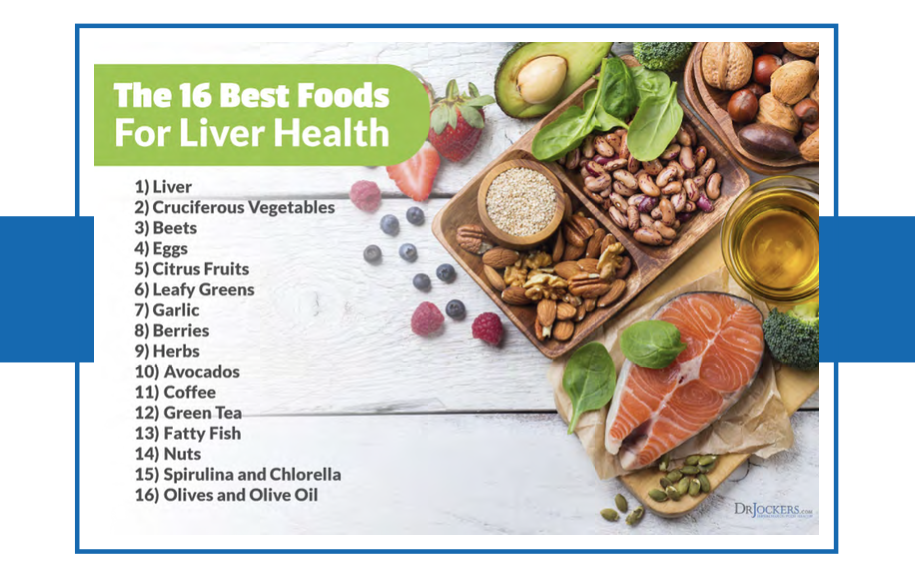
This is not meant to be a complete guide to doing a liver detox, but merely a starting point. Do more research. Find a plan that works for YOU! Along with the lifestyle and food changes, you may want to add in specific herbs and supplements that support liver health. Personally, my favorite company for supplements is Young Living because I trust their sources and ingredients. The addition of essential oils to their supplements makes them more absorbable, more bio-available to your body. If you'd like more information on their product line, I'd love to help you!
Thanks for stopping by to learn a little bit about liver health. I hope it's been informative, and I hope to keep writing more consistently to share with you. Be blessed!
Sarah Claburn, ND
Sarah Claburn, ND
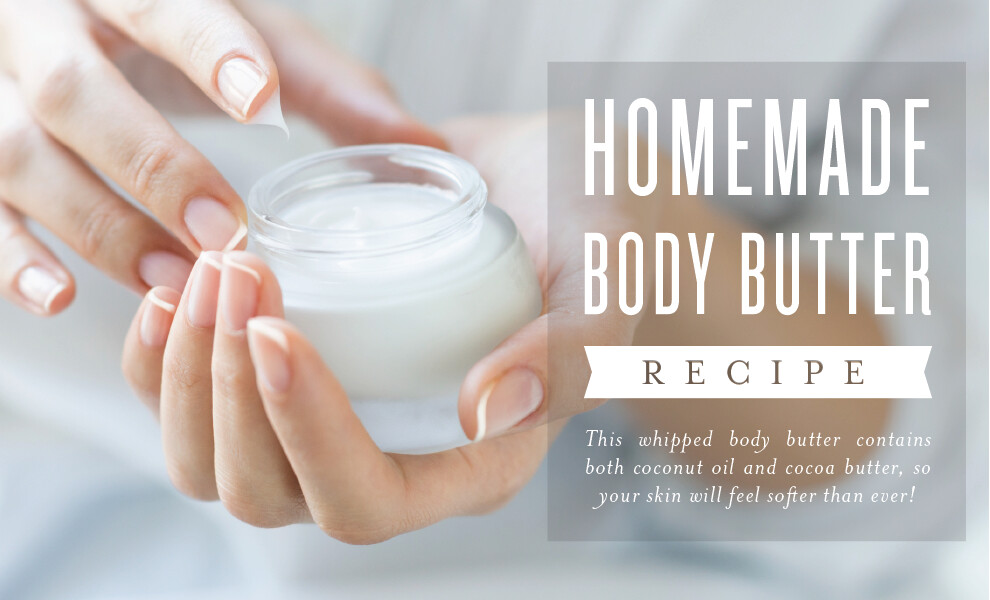
Ingredients
1 cup organic coconut oil
1 cup organic solid cocoa butter (do not use lotion)
15 drops of your favorite topical/aromatic essential oil (we love Cedarwood, Lavender, and Frankincense essential oils)
Directions
- Warm a medium-sized saucepan over medium heat, then add coconut oil and cocoa butter. Melt until completely liquefied, about 4–5 minutes.
- Pour into a glass mixing bowl and place in refrigerator for 30–45 minutes to cool and just set but not harden.
- Stir in essential oils.
- Using an electric hand mixer, whip until firm peaks form, about 10 minutes.
- Gently transfer to a seal-able jar or container. Store at room temperature to avoid melting or solidifying.
- Massage into dry skin!
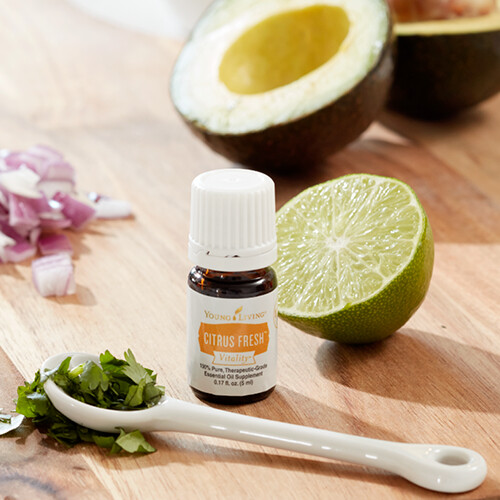
Everyone loves a good guacamole, right? And with all of the health benefits of avocados, you can feel good about eating it.
Avocados have a variety of nutrients, including 20 different vitamins and minerals including Vitamin K, Folate, Vitamin C, Potassium, Vitamin B5, Vitamin B6 and Vitamin E. They also contains small amounts of magnesium, manganese, copper, iron, zinc, phosphorous and vitamins A, B1 (thiamine), B2 (riboflavin) and B3 (niacin).
Avocados contain healthy fats and are also low in carbohydrates, but contain no cholesterol or sodium so they can fit a variety of diet plans.
So grab those avocados and get munching! Enjoy!
Ingredients
- 2 avocados
- 2 drops Citrus Fresh™ Vitality
- 1 drop Lime Vitality
- 1 tablespoon fresh lime juice
- 1 clove garlic, minced
- 2 tablespoons chopped red onion
- 1–2 Roma tomatoes, seeded and diced
- 1 tablespoon chopped cilantro
- Pinch salt
- Pinch black pepper
Instructions
- Remove the pit from the avocados and scoop the flesh into a bowl, mashing roughly with a fork.
- Add all other ingredients and stir until mixed.
- Garnish with cilantro.
- Enjoy with tortilla chips or with your favorite Mexican-inspired dishes!
So, you may have heard a new name popping up in the world of food: Einkorn. I first heard about it a few years ago when I read the book "Wheat Belly" in my effort to learn about gluten and it's effects on the body.
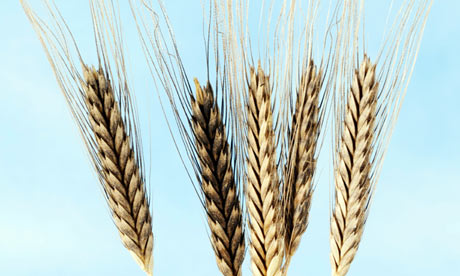
What's all the fuss you ask? Isn't wheat just wheat? Well, the answer is "no". The wheat you are used to eating, whether it's refined or whole or organic, is the result of years of hybridization. Scientists have worked hard to make the wheat have higher yields, be more resistant to disease and pests. Instead of the 4 1/2 foot tall stalks of Einkorn, we now have wheat that grows 18-24 inches. While this all sounds great, your body is not equipped to digest this "new" wheat. Just one difference: this new wheat has 42 chromosomes, compared to Einkorn's 14. Is that really a big deal? Dr. William Davis states "The genetic distance modern wheat has drifted exceeds the difference between chimpanzees and humans." Whoa. Genetically that's a huge difference!
And what about nutritional differences? I'm glad you asked!
- Einkorn contains 3 to 4 times more beta-carotene
- Einkorn contains 2 times more Vitamin A (retinol equivalent)
- Einkorn contains 3 to 4 times more lutein
- Einkorn contains 4-5 times more riboflavin
So, the really awesome thing is that Gary Young has been growing einkorn and Young Living is now offering several products featuring this wheat. Here is how they describe it:
"Einkorn is the original “staff-of-life” grain, known as the oldest variety of wheat, which dates back to the beginning of time. Einkorn’s natural genetic code and low gluten levels make it a superior choice because of the compatibility with the human body when compared to the modern hybrid wheat of today. Einkorn grain is easier to digest, so nutrients are better absorbed. Today Young Living is helping to bring einkorn back to its rightful prominence in the world."
Young Living has the following Einkorn wheat products:
- Einkorn Rotini Pasta
- Gary's True Grit Einkorn Granola
- Gary's True Grit Einkorn Flour
- Gary's True Grit Einkorn Pancake & Waffle Mix
- Gary's True Grit Einkorn Spaghetti, 8 oz
Now, the final question you might have is whether einkorn wheat is gluten free or not. It does have gluten! But not a lot. And since the proteins in it are different, you may be able to tolerate it. I can't make that decision for you. What I can tell you is that I have a gluten sensitivity, and for me, it's ok to have YL's einkorn products with no problems. If you are celiac I would not recommend you go out and consume a lot of einkorn, LOL. But for some of us, it's a nice option to be able to have these products and enjoy some of the foods we've been missing.
I have a lot more to say on modern wheat and it's effects on the body, but I'll save that for a different post. For now, go do some research for yourself. If you want to see my original FB post on "Wheat Belly" you can find it here.
If you are already a Young Living member and you want to grab your own einkorn products, click HERE to sign in to Virtual Office. And if you want more information on becoming a Young Living member, please visit my website to see what options are available to you.
Be blessed!
Sarah
Sarah
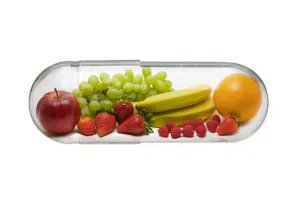
How do you know if you're spending your money wisely?
I encourage you to do your own digging around. But here are some tips from my research that I want to share. Because some supplements are pure junk and are a waste of money and we all want to get what we are paying for, right?
Vitamins are food
According to The New Orthomolecular Nutrition, vitamins are foods, not drugs, and we need to treat them as such. The book goes on to say that the stated minimal daily requirement (MDR) is silly. The MDR ignores the fact that people are dissimilar in every way, and that each body has a different requirement for nutrition. So that means that you need to be your own advocate and "scientist" and see how you feel at different dosages. Be aware that if a vitamin is water-soluable, your body will take what it needs and the rest will simply pass through the body. You need to make sure you are taking these on a regular basis. If it is a fat-soluable vitamin, your body will store what it doesn't use in the liver and fat tissues. You need smaller amounts of these, but be aware that your personal nutritional needs may exceed the MDR.
Another problem with vitamin supplementation (according to Naturopathy for the 21st Century) is that vitamins and minerals, in foods, are intended to work together for maximum effect. That means the use of synthetic isolates does not provide the optimal environment for absorption. From here it gets a lot more complicated when you look at the crystalline structure of synthetic vitamins vs. the natural food-sourced vitamins, and it becomes clear that bioavailability matters.
Which leads me to my first point:
Do your best to take natural food-sourced vitamins and avoid the synthetic USP vitamins. B-Vitamins and Vitamin C are also usually synthetically produced. Here's a chart of some of the most common synthetic names to look for:
- Vitamin A: Palmitate or Acetate
- Vitamin B1: Thiamine Mononitrate, Thiamine Hydrochloride
- Vitamin B5: Pantothenic acid
- Vitamin B6: Pyridoxine Hydrochloride
- Vitamin B9: Folic Acid
- Vitamin B12: Cyanocobalamin
- PABA: Aminobenzoic Acid
- Choline: Choline Chloride, Choline Bitartrate
- Vitamin C (Ascorbic Acid): Ascorbic Acid
- Vitamin D: Irradiated Ergosteral, Calciferol
- Vitamin E: dl-alpha tocopherol, dl-alpha tocopherol acetate or succinate
- Vitamin K: K3 or menadione
If vitamins are from food, the label will almost always state that. But here are some common food-sources to look for:
- Vitamin B5: Pantothenate
- Vitamin B9: Folate
- Vitamin B12: Cobalamin
- Vitamin D: look for forms with numbers
- Vitamin K: K1 or phylloquinone
Fillers and other harmful ingredients
Second - watch for dangerous and unnecessary fillers and ingredients. Some of the most common are:
- Artificial colors - research Feingold Diet for more on these
- Talc or Magnesium Silicate
- Magnesium stearate (or stearic acid)
- Monosodium Glutamate (MSG) disguised as “natural flavors”
- Carnauba wax - used in car wax and shoe polish
- Titanium dioxide - is a carcinogen
If it says "natural", it's good - isn't it?
Thirdly - don't be fooled by the label "natural" on a supplement, or processed food, or essential oils. Vitamins can be labeled as natural if they contain as little as 10% of the natural form of the vitamin. This means that your “natural” vitamin could contain 90% of synthetically produced chemicals! The new supplement labeling law makes it more difficult to tell if a vitamin is natural or synthetic. If the label says USP grade, then it is synthetic. Labels that state the vitamins are in a "food-base" are almost always synthetic. Synthetic vitamins mixed with food are still synthetic and are not the same as vitamins complexed in food. Use the above charts to be able to identify food-sourced vitamins.Cost and standardization were the primary reasons that USP vitamins were created - not for optimal health.
Ok, so that's all for now. Go - research and be your own scientist. Find better health, but don't stress over it. Stress makes you sick! Follow the 80/20 rule which says to do better 80% of the time and let go of the other 20%.
Health and blessings to you!!
Sarah Claburn, ND
